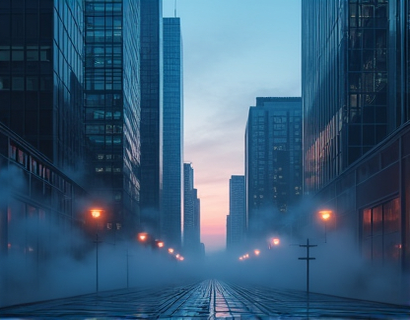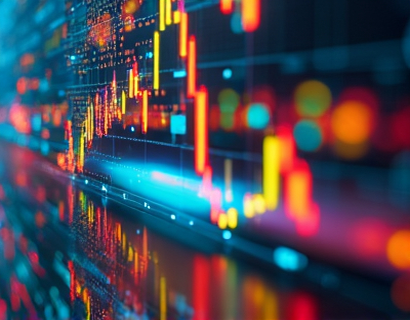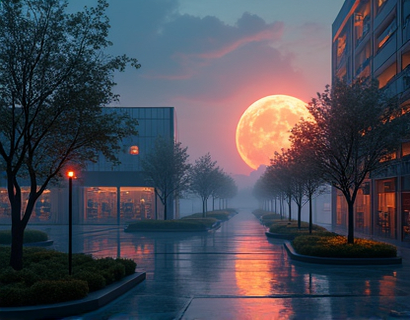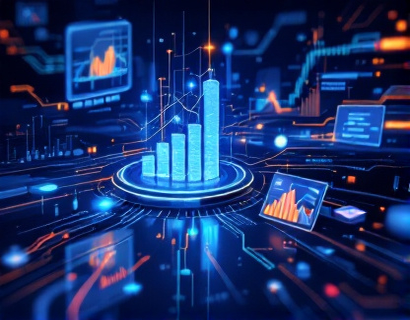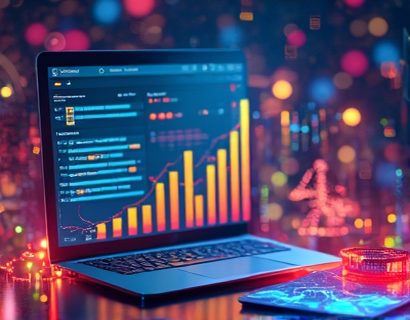Unlock Your Artistic Potential: Exploring the World of Online Art Marketplaces
In the digital age, the landscape of art consumption and creation has undergone a transformative shift. The traditional gallery system, while still relevant, has been complemented and sometimes surpassed by online platforms that offer unprecedented opportunities for artists and collectors alike. These platforms serve as vibrant hubs where creativity knows no bounds, and unique artworks find their perfect match. This article delves into the intricacies of these online marketplaces, focusing on how they empower artists to showcase and sell their work, and how collectors can discover and purchase one-of-a-kind pieces.
The Rise of Online Art Marketplaces
The advent of the internet has democratized the art world, providing a level playing field for artists from diverse backgrounds to reach a global audience. Online art marketplaces have emerged as pivotal platforms, bridging the gap between creators and art enthusiasts. These platforms offer a range of benefits, from streamlined transaction processes to extensive reach and exposure. For artists, they provide an opportunity to bypass traditional gatekeepers and connect directly with buyers who appreciate their unique style and vision.
Benefits for Artists
One of the most significant advantages of joining an online art marketplace is the direct access to a vast audience. Artists can upload their portfolios and listings, reaching potential buyers from around the world without the need for physical gallery spaces or extensive networking. This direct connection not only saves time and resources but also allows artists to maintain full control over their work and pricing.
Moreover, these platforms often provide tools and resources to help artists manage their careers more effectively. Features such as sales analytics, customer feedback, and marketing support can be invaluable for emerging artists looking to build their brand and expand their client base. The ability to receive immediate feedback and understand market trends can significantly enhance an artist's ability to refine their craft and adapt to changing tastes.
Discovering Unique Artworks
For collectors, online art marketplaces are treasure troves of unique and often undiscovered talent. The variety of art styles, mediums, and themes available is staggering, offering something for every taste and preference. Unlike traditional galleries, which may have specific curatorial focuses, online platforms showcase a broader spectrum of artistic expressions, allowing collectors to explore and find pieces that resonate with them on a deeper level.
Search functionalities on these platforms are often sophisticated, enabling collectors to filter artworks based on specific criteria such as price range, medium, size, and even the artist's location or inspiration. This level of customization makes it easier for collectors to discover artworks that align with their collection goals and aesthetic preferences.
Supporting a Community of Creators
Beyond the transactional aspects, online art marketplaces foster a sense of community among artists and collectors. Forums, social media integrations, and event listings create spaces for interaction, collaboration, and learning. Artists can share their creative processes, seek advice, and build relationships with peers and mentors. Collectors, on the other hand, can engage with artists, learn about the inspiration behind pieces, and gain a deeper appreciation for the art they purchase.
This community aspect is crucial for the growth and sustainability of both artists and collectors. It creates a supportive environment where creativity is celebrated, and innovation is encouraged. The shared passion for art binds the community together, fostering a culture of mutual respect and inspiration.
Ensuring Authenticity and Quality
One of the concerns for both artists and collectors in the online art market is ensuring the authenticity and quality of the artworks. Reputable platforms address this by implementing rigorous verification processes for artists and their works. This may include requiring artists to provide detailed biographies, portfolios, and sometimes even physical samples or references from previous sales.
Additionally, many platforms offer authentication services, where experts verify the originality and provenance of the artworks. This adds an extra layer of trust for collectors, ensuring they are making informed and secure purchases. For artists, this validation can significantly enhance their credibility and market value.
Monetizing Artistic Talent
For artists, the potential to monetize their work through online marketplaces is substantial. Unlike traditional sales channels, which often take a significant commission, many online platforms offer more favorable terms. Some platforms operate on a flat commission model, while others take a percentage of the sale price, but these fees are generally lower compared to physical galleries.
Moreover, the ability to sell both physical and digital artworks opens up multiple revenue streams. Physical artworks can be sold as original pieces or through prints and reproductions, catering to a wider range of buyers. Digital art, on the other hand, can be sold as NFTs (non-fungible tokens) or high-resolution digital files, providing new avenues for artists to monetize their digital creations.
Marketing and Visibility
To maximize their presence on these platforms, artists need to focus on effective marketing strategies. High-quality images and detailed descriptions are essential for attracting potential buyers. Utilizing keywords relevant to their art style and medium can improve the visibility of their listings in search results.
Engaging with the community through comments, shares, and participation in discussions can also boost visibility. Collaborating with other artists or participating in platform-sponsored events can further enhance an artist's exposure. Regular updates and promotions can keep their work fresh in the minds of collectors, increasing the chances of sales.
Challenges and Considerations
While the benefits are numerous, there are also challenges and considerations for artists and collectors. For artists, managing the technical aspects of uploading and managing listings, handling customer inquiries, and dealing with shipping logistics can be time-consuming. It's important for artists to balance their creative work with the business side of running an online presence.
For collectors, the abundance of choices can sometimes lead to decision fatigue. Setting clear criteria and taking the time to research and connect with artists can help mitigate this. Additionally, understanding the value and investment potential of artworks is crucial for making informed purchases.
Future Trends in Online Art Marketplaces
The future of online art marketplaces looks promising, with several trends shaping the industry. The integration of virtual and augmented reality technologies is creating immersive experiences for collectors, allowing them to view and interact with artworks in new ways. Blockchain and NFTs are also revolutionizing the way digital art is owned and traded, providing new levels of security and scarcity.
Sustainability and ethical considerations are becoming increasingly important, with more artists and collectors seeking eco-friendly materials and practices. Platforms that prioritize these values are likely to gain a competitive edge. Furthermore, the expansion of global markets and the removal of geographical barriers will continue to broaden the reach and impact of these platforms.
Conclusion
Online art marketplaces have transformed the way artists create, share, and monetize their work, and how collectors discover and purchase unique artworks. These platforms offer a wealth of opportunities for both parties, fostering a vibrant and dynamic community of creatives. By embracing these tools and strategies, artists can unlock their full potential, and collectors can enrich their collections with exceptional pieces. As the digital art landscape continues to evolve, the possibilities for artistic expression and appreciation are endless.








